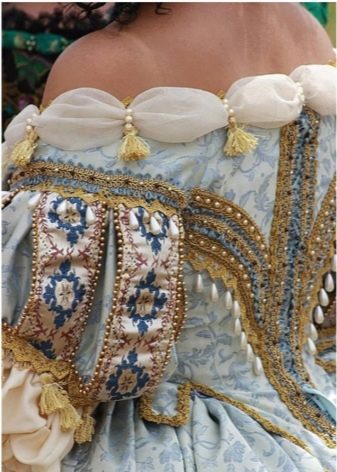National costume of France
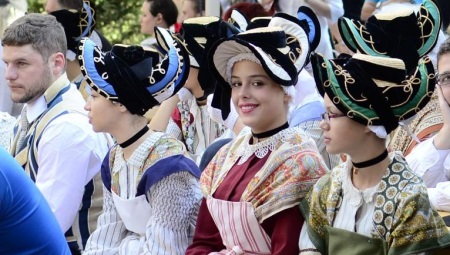
A bit of history
The first prerequisites for the French national costume appeared in the 17th century. French peasants made their clothes from canvas, wool, cloth using cotton thread. During the years of the end of the French Revolution, festive versions of national costumes began to appear.
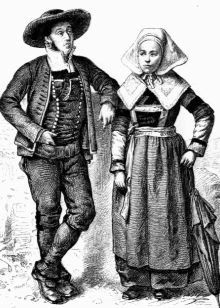
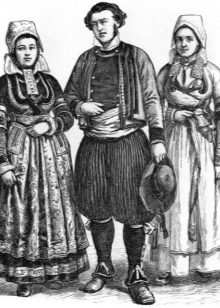
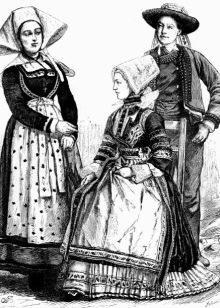
In each province, costumes were created with their own characteristics:
- Breton - bodices, lace and fitted bodices.

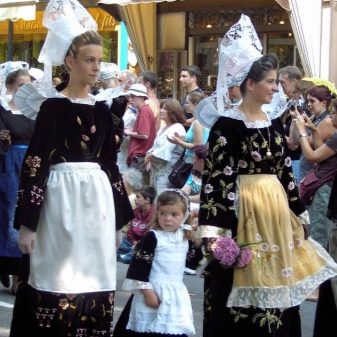
- Flemish - check shawl decorated with fringe.
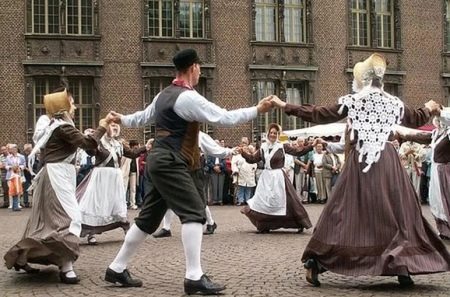
- Catalonia - mangots (openwork arm ruffles) and bright colors.
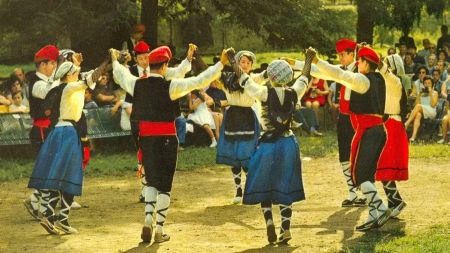
The shoes were the same for all women and men. It was a wooden clog. It should be noted that to this day, wooden clogs are worn in the French countryside for work.

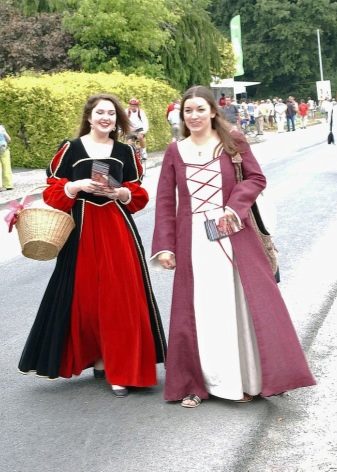
Mens clothing
Until the 18th century, French men in the provinces wore a regular shirt, which was replaced by an elongated wide blouse made of the same canvas as its predecessor. It was fashionable to wear such blouses over a jacket.
If before the revolution this version of attire was considered festive, then after its end, urban artisans and workers began to dress this way. The bourgeois preferred a coat to a jacket.
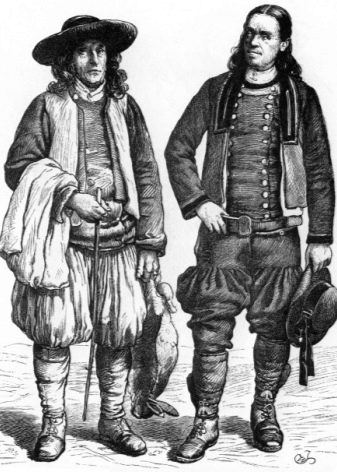
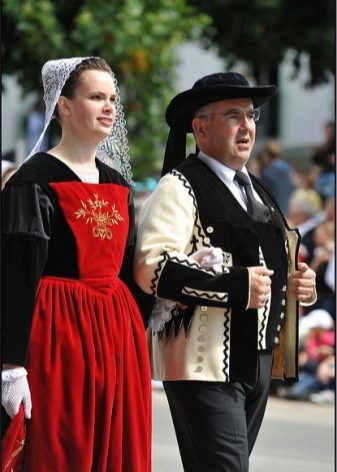
Popular blouses began to be worn by shepherds, who wore a woolen cape or a cloak made of goat skins over it. It must be said that some artists still prefer this style.
And by the beginning of the 19th century, knee-length pants in combination with leggings or stockings tied under the knees came into fashion among French peasants. They relied on a shirt, vest, jacket and neckerchief.Then, closer to the middle of the century, men's fashion diversified with tight long pants.
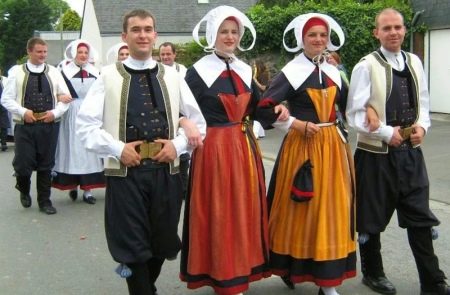
Has undergone transformation and shirt collar. Fold-over cuffs and collar, tightened with a ribbon, are replaced with buttons, and the top of the shirt was covered with a scarf.
The vest was closed with two rows of buttons. This whole structure was secured by a shortened jacket, sometimes lengthened at the back.
In the 18th century, a cocked hat was the headdress of every peasant, and at the end of the 19th century, older men began to wear it. Over time, the cocked hat was replaced by a hat with round brims.
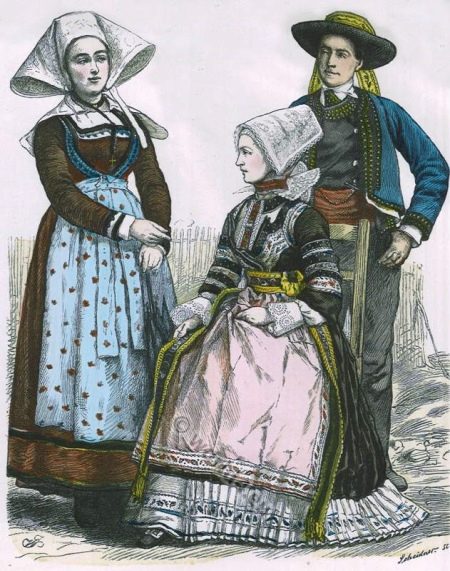
For the manufacture of the winter version of the hat, felt was used, for the summer version, straw.
In the coastal provinces, peasants wore a cap of six decorated with a pompom.
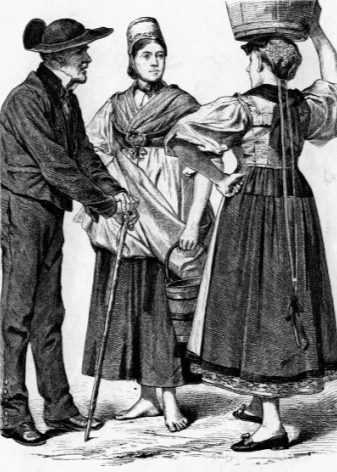
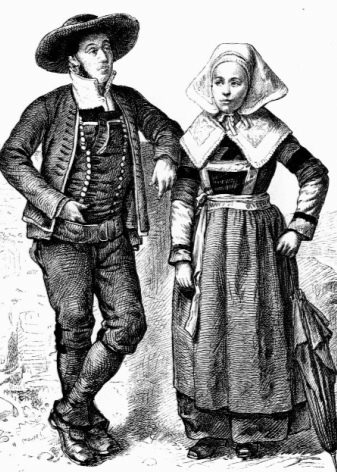
Womens clothing
The women's national costume was much simpler. It consisted of a wide skirt decorated with frills or pleats and a sweater. All this was complemented by an apron and a scarf, which was tied on the shoulders.
The head was decorated with a cap. It was considered a home option, and a hat or scarf was worn on it to leave the house.
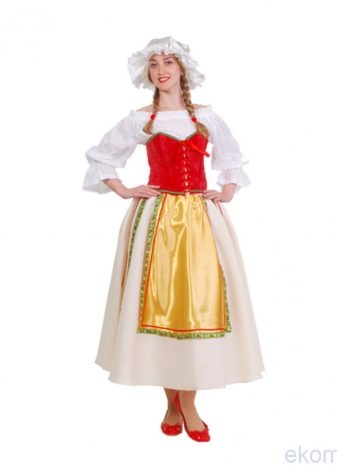
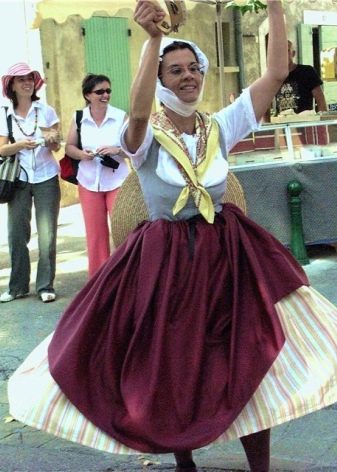
The status of a person was determined by the color palette. The peasants sewed their clothes from gray, brown, white materials. The bourgeois were distinguished by blue, red or lilac clothes. And sometimes black.
On holidays, a bodice was added to the usual version of the costume.
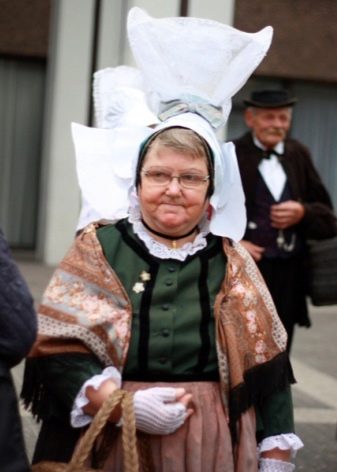
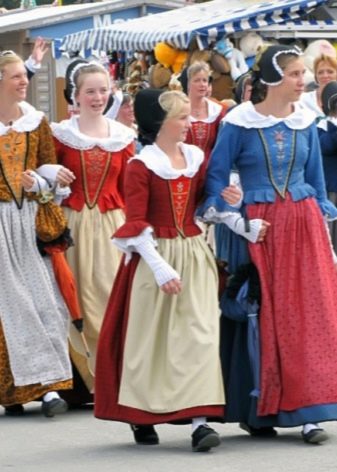
In each province, some national costumes differed in embroidery, the shape of the headdress, or the color of the apron.
Later, feminine dresses similar to tunics came into fashion. They were tied high under the chest. Over the years, the dresses got longer with layered skirts at the bottom.
Accessories include umbrellas, small hats with a veil, muffs and scarves.
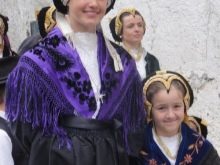
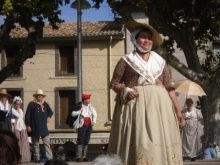
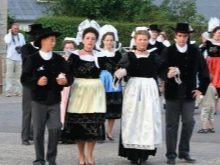
Baby suit
Children were no different from adults and their costumes were a miniature copy of adult national clothes.
The girls wore skirts a little shorter than adults, otherwise everything was like women - a cap, a shirt, an apron.

The boys' clothes were exactly the same as the men's suit.
The French Revolution
After the end of the French Revolution, the peasant national costume underwent dramatic changes. This happened due to the increase in the well-being of the peasants. And the markets began to be replenished with factory fabrics - silk and cloth.

The festive version of the costume has also become another. He was imprinted by the fashion of the city. Throughout France, national costumes were similar to each other and consisted of the same elements. But the peculiarities of each province influenced the shape of the hats and bodices, the cut and the colors. Fashion historians distinguish several sets of clothing of that time.
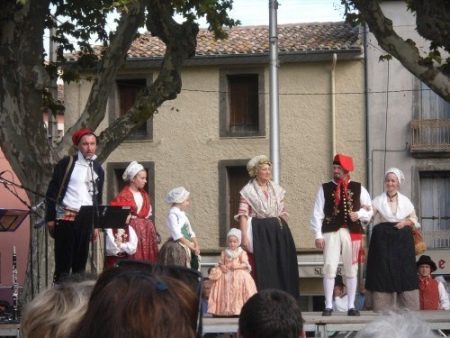
Urban costume came into fashion only at the end of the 19th century. For a long time, only the hats remained unchanged. Some of them are still popular in everyday life. For example, in the Alps, Roussillon and Bretonnia.
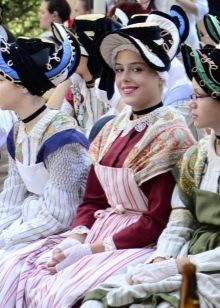
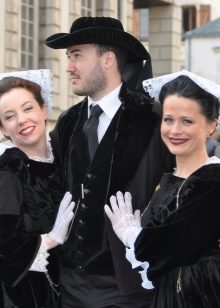
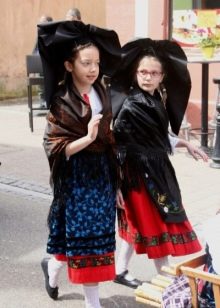
National costume of France in the 21st century
Today, patriots are trying to revive old traditions and organize fancy-dress parties and carnivals, which include show jumping for the best costume. Such events are especially popular in Provence, Bretony, Savoyard.
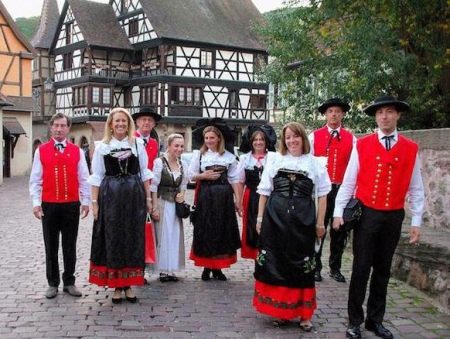
National costumes are also popular with dance groups that sew them for their performances.
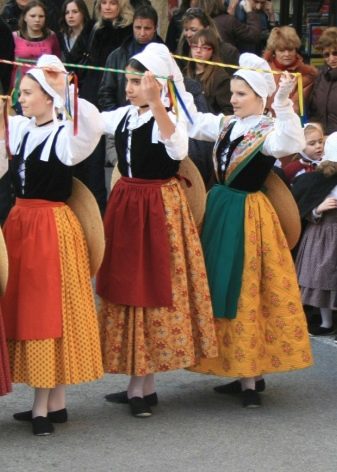
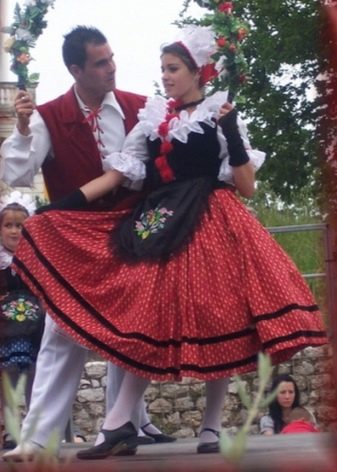
A sense of colors, proportions and shapes - all this is embodied in the modern French urban costume. This is probably why France is considered a trendsetter.
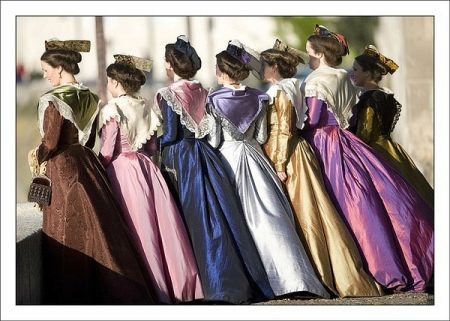
Baroque costume
The turn of the 16-17th century became a successful page in the history of France. The country entered the circle of leading powers and improved its economic position. For all of Europe, France has become a legislator and a standard of fashion trends and court culture.
The country is launching a Pandora doll and her wardrobe. The doll was produced in two sizes, a large doll, dressed in outerwear, and a small one showed underwear. Such a doll cost prohibitively expensive and was sold to other European countries.
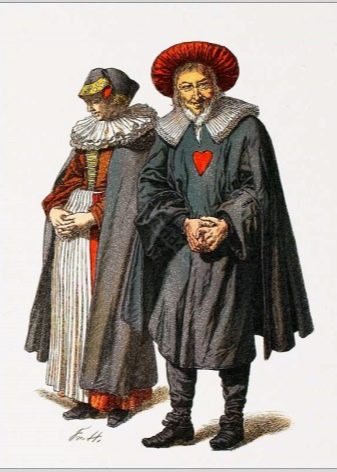
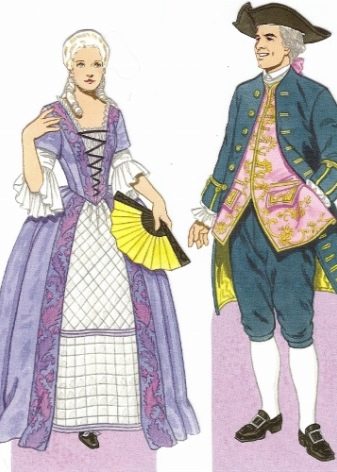
It should be noted that when the transfer of Pandora was in progress, even hostilities ceased and did not interfere with her path.
Towards the end of the 17th century, an illustrated fashion magazine called Merkur Talent was launched in France.
Beauty standards have emerged. King Louis 14 was considered an ideal man - tall, stately, with lush hair and regular features. All men of that time had to have masculinity, gallantry, knew how to dance and stay in the saddle.
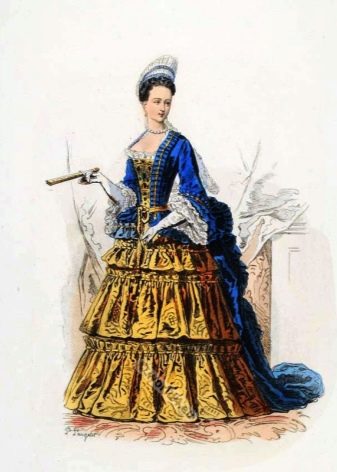
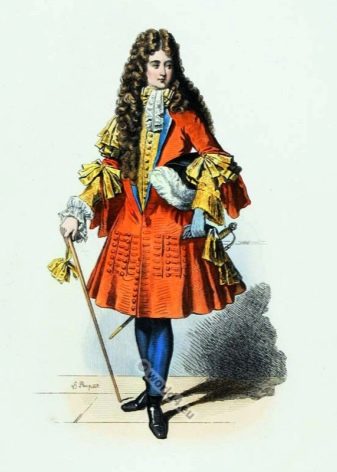
The French were less demanding of women. French women were required to be majestic, flirtatious, she should be distinguished by pretentiousness and splendor.
As such, there was no ideal of a woman's appearance. It changed depending on the tastes of the king and the characteristics of his next favorite.
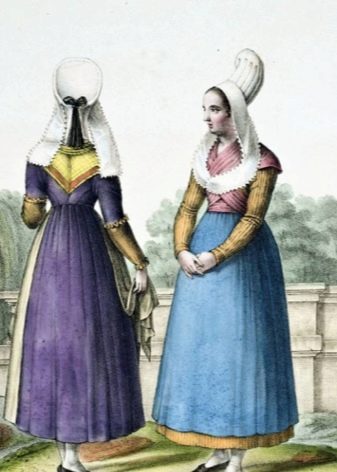
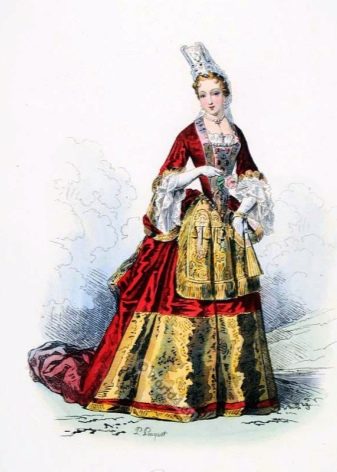
The war has had its effect on the men's costume. Clothing elements similar to a military uniform came into vogue. And by the forties and the end of the war, fashion had changed dramatically.
Then the young Louis came to power, and the costume acquired childish features. Under him, double skirt-pants were invented, which were called reingraves. By the sixties, men's wardrobe is gaining masculinity. Justocor, vesta and culottes are sewn.
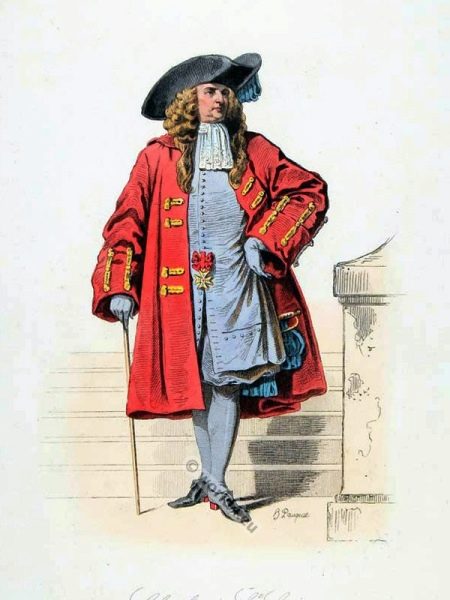
Women's clothing did not tolerate such drastic changes and gradually came to a profile silhouette and home clothes.
Clothing of that period was made of satin, gauze, taffeta and moire. Men's suits are made of velvet, cloth and wool. Lace comes into vogue. It is used to decorate small details of dresses and suits, as well as shoes.
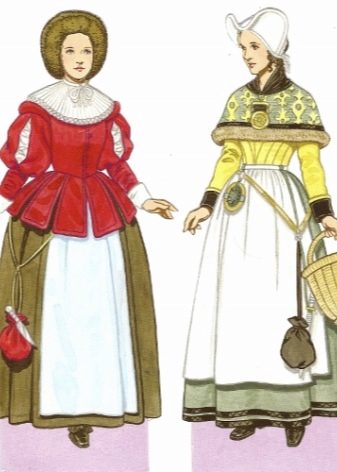
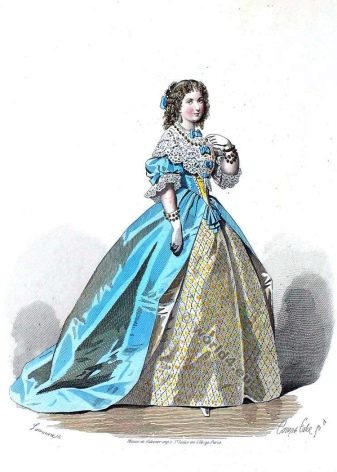
By the end of the century, stripes, plaids, embroidery and printed fabrics became popular.
With the advent of Versailles, tapestry came into vogue, which adorns most costumes.
